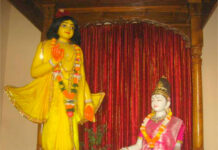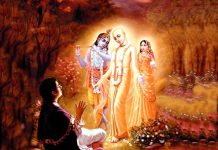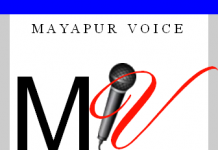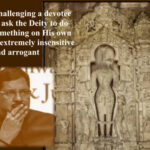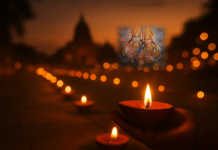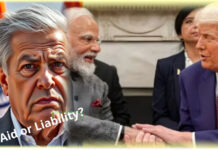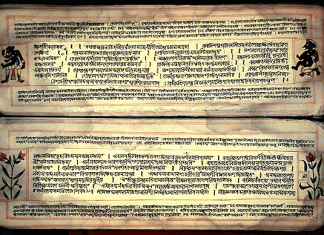In 2008, Iraqi journalist Muntadhar al-Zaidi hurled his shoes at then US President George W. Bush, shouting, “This is for the widows and orphans!” The world called it “Shoegate”. The incident that shook India’s Supreme Court and the entire judicial landscape tempts me to call it “Shoegate”, or, more Indian, “Chappalgate”. On October 6, 2025, advocate Rakesh Kishore, 71, hurled his shoe toward Chief Justice of India (CJI) B.R. Gavai in Supreme Court’s Court, igniting a firestorm.
In this piece, I do not intend to debate whether the act itself was right or wrong. Both sides have their arguments, and each finds some merit in its own logic. My interest lies more in the signal it sends. Advocate Rakesh Kishore’s shoe toss stemmed from deep frustration over Justice Gavai’s September 16 remark during a PIL seeking restoration of a Lord Vishnu idol at Khajuraho. The CJI had told the petitioner to go and pray to Vishnu to do something; a comment that Advocate Kishore, reportedly a doctorate and gold medallist, perceived as dismissive of his faith and insult to Lord Vishnu. A few days later, he turned his simmering frustration into action, hurling a shoe at the bench.
Understandably, Mr Gavai’s response was measured. He remained calm, earning admiration from both onlookers and observers, and rightly so. He urged the court to ignore it and declined to press charges, leading to Kishore’s release after brief questioning. Yet, as expected, the lobby reacted swiftly: the Bar Council of India suspended Kishore, and the Supreme Court Bar Association revoked his membership. Political leaders, including PM Narendra Modi and Congress chief Mallikarjun Kharge, willingly or unwillingly, condemned the act as an affront to democracy.
Fortunately, the shoe missed its apparent target, but the message landed loud and clear: disrespect toward Sanātana Dharma, and that too, when it comes from institutions like high courts and judges, will not be tolerated. This wasn’t just a courtroom outburst; it was a stark reflection of growing public frustration with India’s judicial system.
Reactions erupted across social media, drawing thousands of retweets and comments, with users divided between outrage and memes, most of them, unsurprisingly, in support of Mr. Kishore. Some were quick to condemn the act and call for action against Mr. Kishore. Others began lecturing on judicial decorum and the protection of democracy. Yet not all had the same reason to protest. Some were settling scores, some were genuinely concerned in their own ways, and many had vested political interests.
The most crucial question, however, is why a well-placed lawyer would resort to such a drastic act, and what it reveals about faith in the judiciary’s neutrality, or bias. The growing concern is, the judiciary seems to be getting used to trivializing India’s ancient Vedic cultural and religious sensitivities, while handling other matters with due, if not extreme, care. Many prominent figures, both within and outside the legal field, have voiced strong opinions, fueling widespread debates about judicial tone and priorities.
Shoegate, as I call it, exposes a deeper issue: the eroding trust in the judiciary. Some lobbyists linked the incident to caste dynamics not realizing that not only Gavai but Kishore is also Dalit. Others see selective outrage; quick to demonize and punish a staunch Hindu advocate but slower or nigligent on cases like Nupur Sharma’s. While past incidents, like a 2009 shoe toss at Justice Arijit Pasayat, suggest courts aren’t new to such protests, targeting the CJI marks a grim milestone.
This isn’t about a single shoe, nor is it about any one person’s mindset. It’s about a system where judicial remarks can inflame public sensitivities, and swift suspensions raise questions about fairness. It demands serious reflection. Calling it a crime and moving on is not enough; what is needed is open-minded, thoughtful deliberation.
Will this incarnation of Shoegate awaken the judiciary, or will it continue to operate from its ivory towers? How can courts rebuild trust when acts like these convey an alarming message of widespread public discontent? Does the judiciary need reform to bridge this growing divide? Or is it yet another anti-India conspiracy aimed at strategically sowing unrest, anarchy, and eroding public faith in the administration? These are the questions of today that will shape the faith people place in the judiciary in the days to come.


